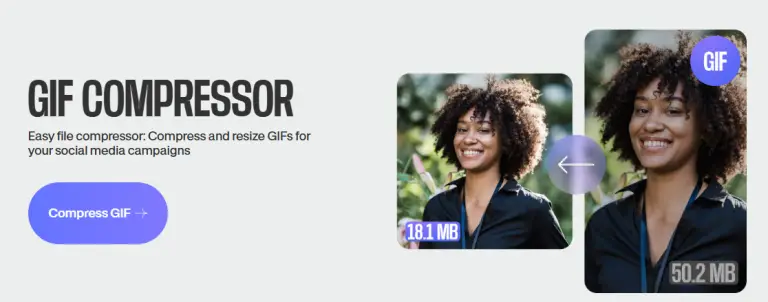
Amazon recently released its financial results for the first quarter of fiscal year 2025, reporting revenue of $155.667 billion—a 9% increase compared to the same period last year. Net income soared to $17.127 billion, reflecting an impressive 64% year-over-year growth. The lion’s share of this revenue continues to stem from online retail, which generated $57.47 billion—a 5% increase from the prior year. Third-party seller services brought in $36.512 billion, growing by 6%, while advertising services contributed $13.921 billion, marking an 18% increase. Revenue from subscriptions such as Prime reached $11.715 billion, up 9%, and Amazon Web Services (AWS) generated $29.267 billion, representing a 17% year-over-year rise.
Looking ahead, Amazon projects second-quarter revenue to fall between $159 billion and $164 billion, with operating income expected to range from $13 billion to $17.5 billion. However, the company acknowledged that factors such as tariffs and broader trade policies may still exert an influence on its performance.
Earlier reports suggested that Amazon was considering displaying tariff costs on its e-commerce platform, a move that drew criticism from the Trump administration. Officials accused the company of fostering public opposition to government policy and labeled the initiative a politically motivated act. Amazon has since issued a formal clarification, denying any intention to display tariff information on its retail platform.
Additionally, CEO Andy Jassy shared updates on the newly launched, upgraded digital assistant, Alexa+, which has already attracted over 100,000 users—a strong indication of its growing appeal. As Amazon had previously announced that Alexa+ would be rolled out in phases, subscription numbers are expected to continue their upward trajectory as the service becomes more widely available.
However, several Alexa+ features showcased during a public demonstration in February remain unavailable. Jassy explained that additional capabilities would be introduced in the coming months, with the goal of improving the accuracy of Alexa+’s AI agent functionalities to over 90%. This would mark a significant enhancement over the current industry standard, where accuracy rates often hover between 30% and 60%.


